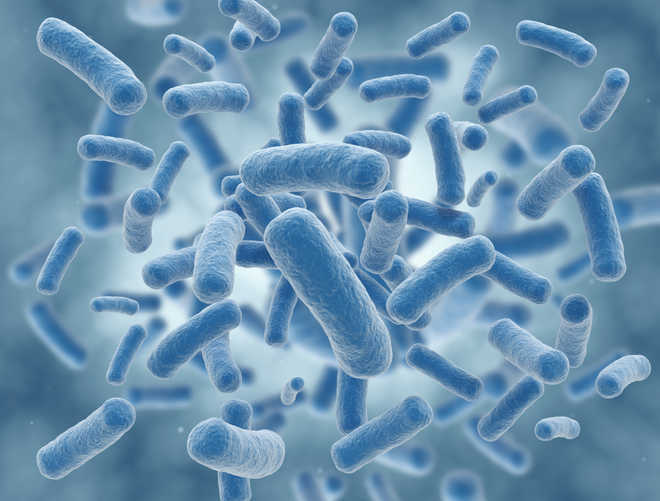Geneva
Scientists, including one of Indian origin, have discovered that bacteria recognise surfaces and respond to them within seconds, an advance that will help better control and treat infections.
The study, published in the journal Science noted that this mechanism is also used by pathogens to colonise and attack their host cells.
Be it through mucosa or the intestinal lining, different tissues and surfaces of our body are entry gates for bacterial pathogens, said researchers including Siddharth Deshpande from University of Basel in Switzerland. The first few seconds – the moment of touch – are often critical for successful infections.
Some pathogens use mechanical stimulation as a trigger to induce their virulence and to acquire the ability to damage host tissue.
“However, we have little knowledge of how bacteria read out mechanical stimuli and how they change their behaviour in response to these cues,” said Urs Jenal, professor at University of Basel.
“Using the non-pathogenic Caulobacter as a model, our group was able to show for the first time that bacteria have a sense of touch,” Jenal said.
“This mechanism helps them to recognise surfaces and to induce the production of the cell’s own instant adhesive,” Jenal added.
Swimming Caulobacter bacteria have a rotating motor in their cell envelope with a long protrusion, the flagellum.
The rotation of the flagellum enables the bacteria to move in liquids. The rotor is also used as a mechano-sensing organ, researchers said.
Motor rotation is powered by proton flow into the cell via ion channels. When swimming cells touch surfaces, the motor is disturbed and the proton flux interrupted, they said.
Researchers assume that this is the signal that sparks off the response. The bacterial cell then boosts the synthesis of a second messenger, which in turn stimulates the production of an adhesin that firmly anchors the bacteria on the surface within a few seconds.
This is an impressive example of how rapidly and specifically bacteria can change their behaviour when they encounter surfaces, said Jenal.
“Even though Caulobacter is a harmless environmental bacterium, our findings are highly relevant for the understanding of infectious diseases,” Jenal said.
“What we discovered in Caulobacter also applies to important human pathogens. In order to better control and treat infections, it is mandatory to better understand processes that occur during these very first few seconds after surface contact,” Jenal added.




 TOEFL scores valid for Australian visa
TOEFL scores valid for Australian visa































